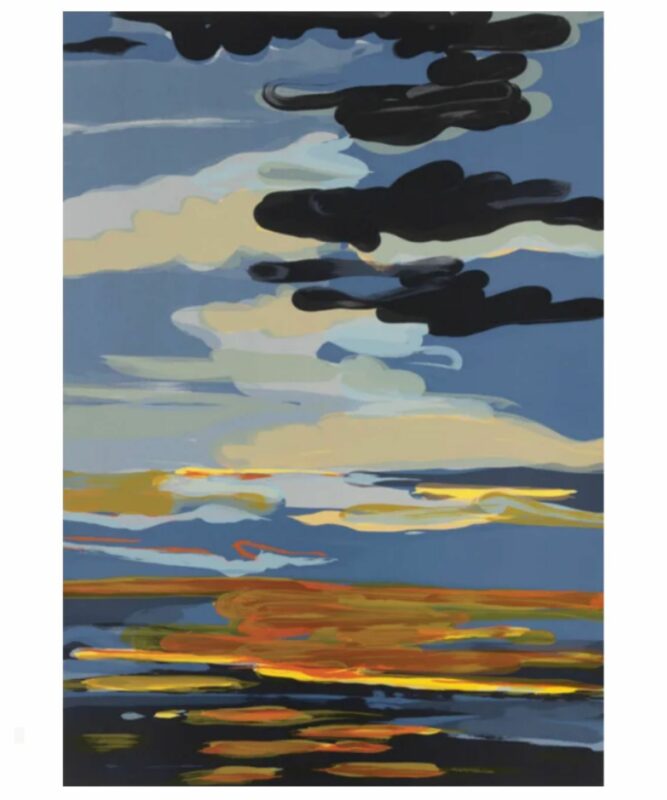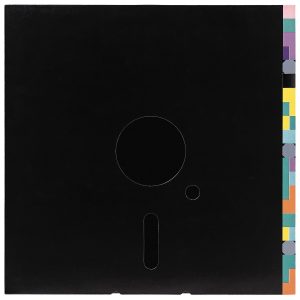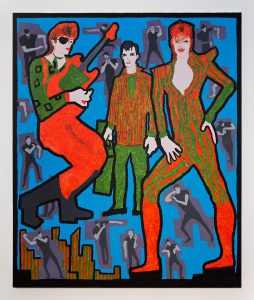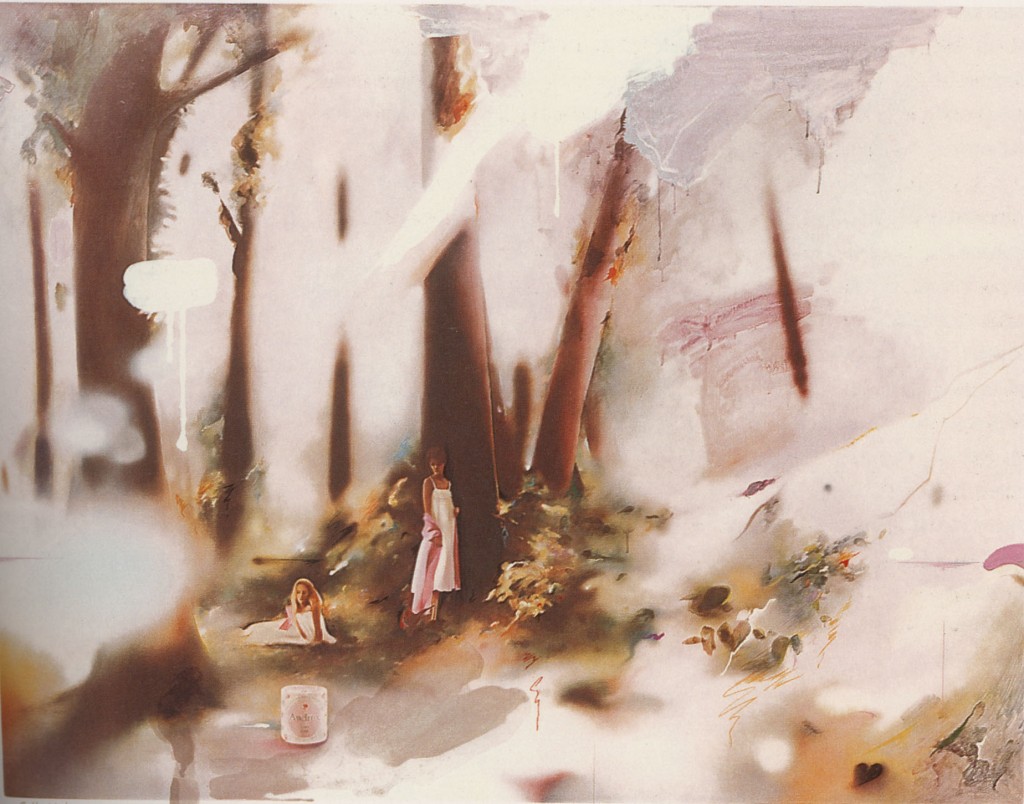
Image:Richard Hamilton, Soft Pink Landscape, 1980
Screenprint Courtesy the artist and Alan Cristea Gallery
27 May – 3 July 2010
“Hamilton has a surgical understanding of the zeitgeist, an umbilical connection to his times that allows him simultaneously to participate in them and step back from them, to evaluate them while he lives them. [He] was the first to understand the dynamics of the media. The first to understand the consumer revolution. The first to acknowledge the unstoppable power of the image.’
Waldemar Januszczak, The Sunday Times, 7 March 2010
Richard Hamilton returns to his ‘scatalogical period’ to curate Shit and Flowers, an exhibition of his own work from the 1970s at the Alan Cristea Gallery from 27 May.
The selected works in the exhibition will include paintings, drawings, collages, etchings, lithographs, collotypes, stage proofs and trial proofs loaned from the artist’s own collection.
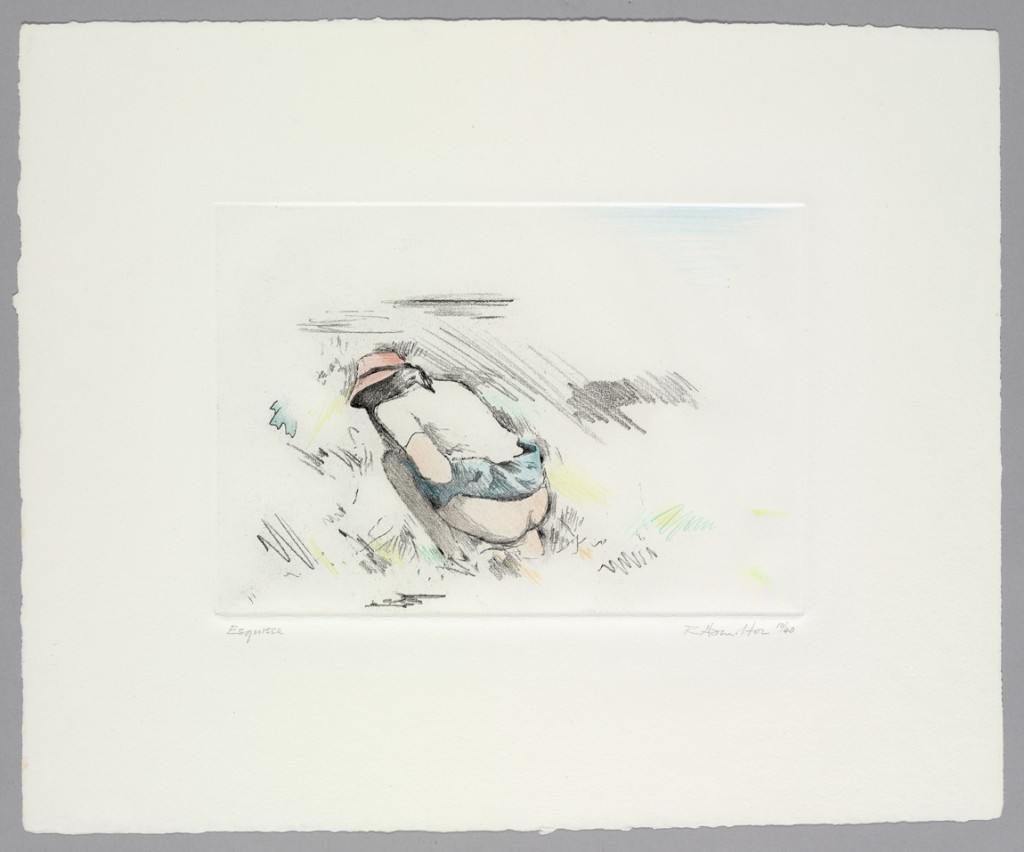
Image:Richard Hamilton, Esquisse, 1972 Courtesy the artist and Alan Cristea Gallery
A set of vintage postcards depicting some locals squatting, with their trousers down, in the Pyrenees countryside was the starting point for Hamilton to create this extraordinary series.
He was further inspired by a then new advertising campaign for Andrex toilet tissue by J Walter Thompson. Reminiscent of paintings by Watteau or Boucher, they portrayed the new ‘shades’ of paper in a lush rural setting with women in floating garments holding pieces of appropriately coloured fabric. The ‘Shit and Flowers’ motif was born – a subject that Hamilton studied and revisited for much of the decade. In making the work, he intentionally and wholeheartedly immersed himself in a ‘world of schmaltz’.
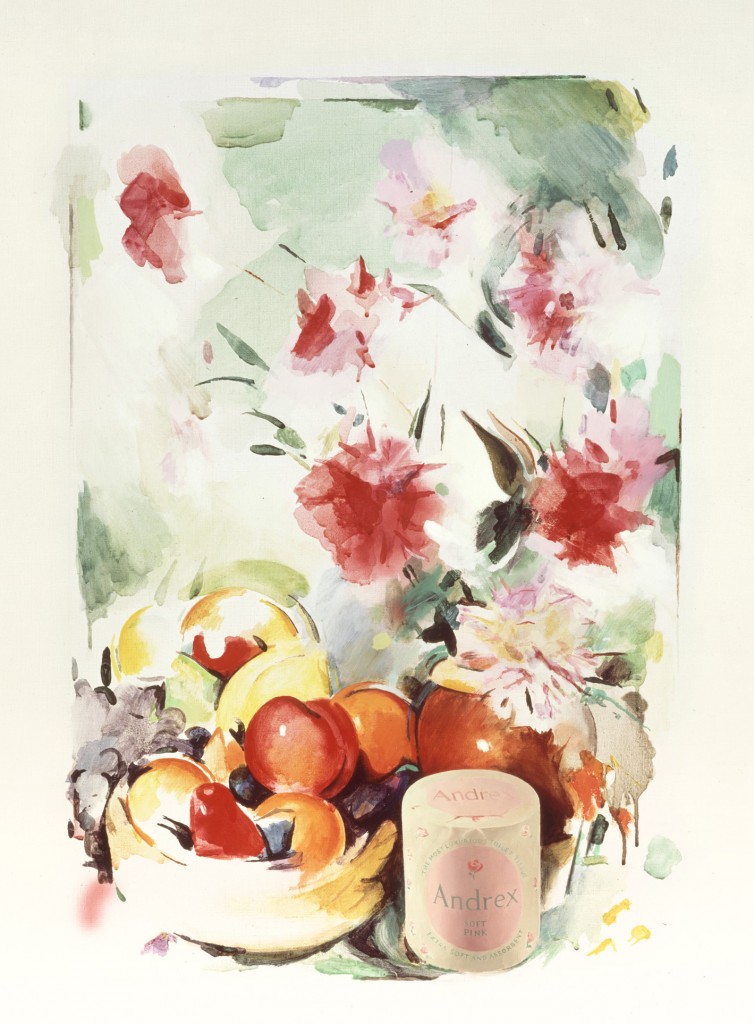
Image:Richard Hamilton, Flower Piece I, 1971-94 Oil on canvas 95 x 72cm Courtesy the artist and Alan Cristea Gallery
Although Hamilton worked in the aesthetic tradition of great artists such as Cézanne and Picasso, he was continuously drawn to the contemporary world of advertising and design and to the Duchampian rejection of painting. In taking these images of flowers and landscapes from one world (which had, in turn, been borrowed from art history) and returning them to the world of fine art, he was making an ironic commentary on the co-existence, and in some senses interdependence, of these two worlds. Hamilton continues to wrestle with the language of painting, and all it stands for, to the present day.
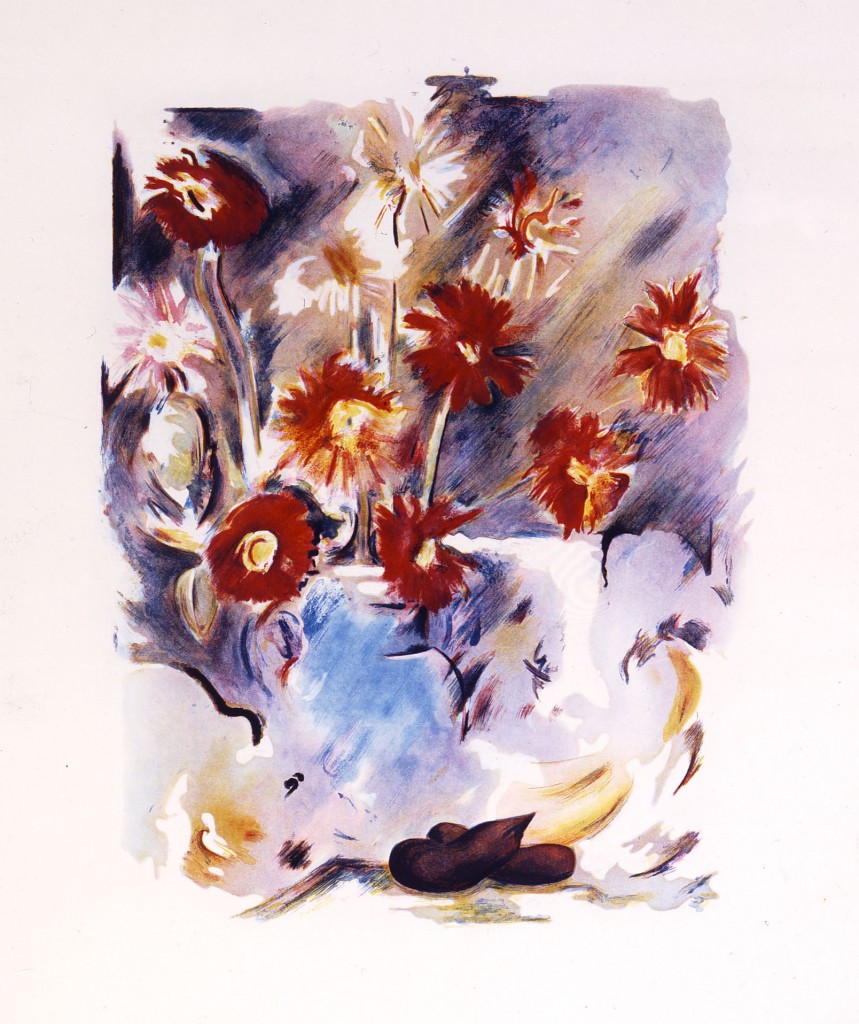
Image:Richard Hamilton, Trichromatic Flower Piece, 1973-4 Colour aquatint in 3 colours & black from 4 plates 65.2 x 50.5 cm Courtesy the artist and Alan Cristea Gallery
